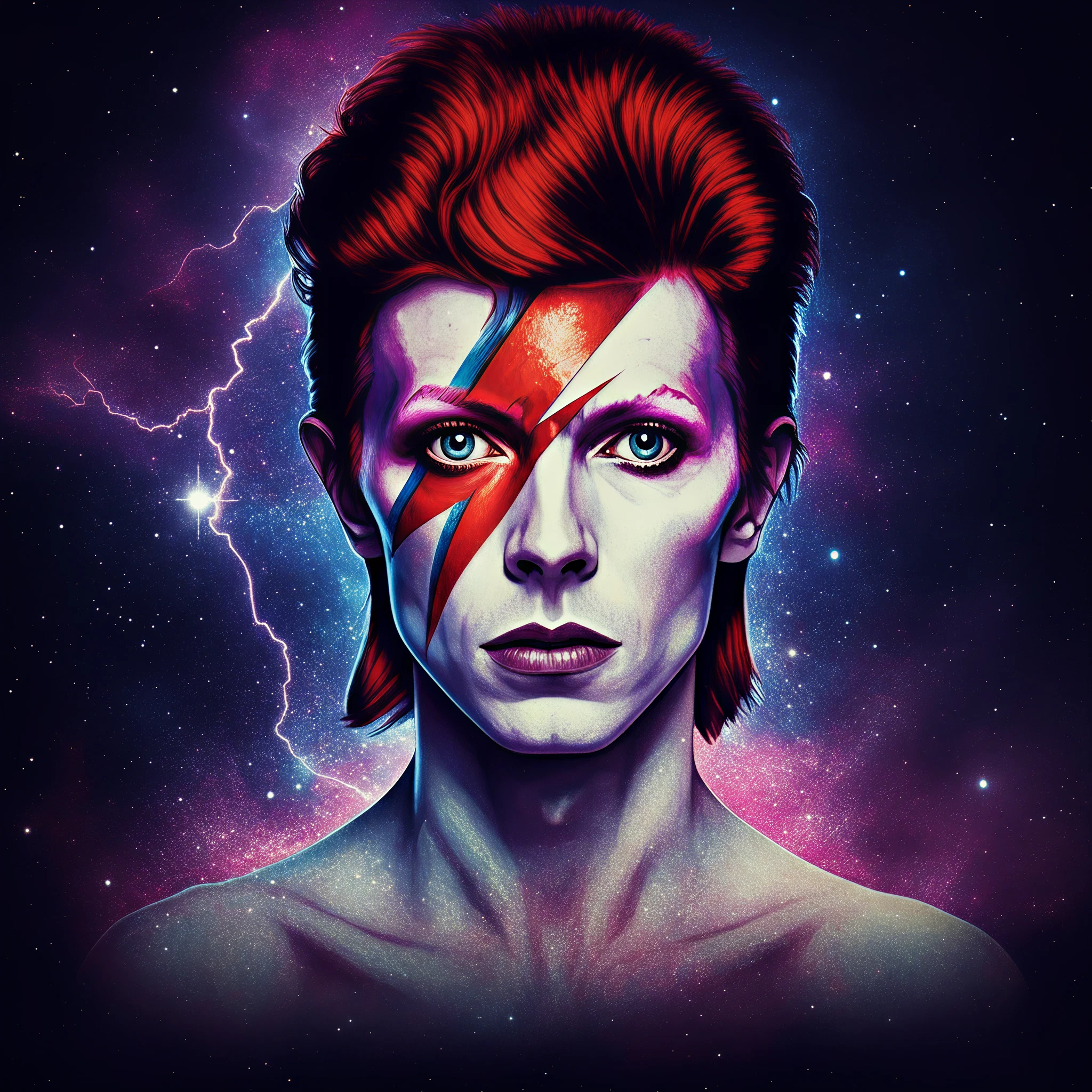David Bowie stands as one of the most extraordinary figures in modern music history. With a career that spanned five decades, Bowie constantly reinvented himself, challenging the conventional norms of music, fashion, and culture. But one of the most compelling aspects of his legacy is undoubtedly his discography, often referred to simply as the “Bowie albums.” From experimental forays to timeless chart-toppers, each album offers its own distinct chapter in the evolution of Bowie’s genius.
Here, we’ll take a chronological look at Bowie’s stellar albums, highlighting key milestones, groundbreaking sounds, and unforgettable hits along the way. Whether you’re revisiting his classics or exploring them for the first time, this guide is a tribute to a discography that has redefined music itself.
The Early Years (1967–1972): The Seeds of Change
Bowie’s humble beginnings may not have predicted the meteoric rise to fame that lay ahead, but these early albums laid the groundwork for his later success.
David Bowie (1967)
Bowie’s self-titled debut is a quirky mix of folk and baroque pop. While not a commercial success, tracks like “Rubber Band” hinted at his penchant for playful storytelling. Critics initially overlooked this album, but fans now treasure it for glimpses of the legend he would become.
Space Oddity (1969)
Here, Bowie broke new ground. With its standout title track, “Space Oddity,” Bowie captured the imagination of a generation amid the space race. This album marked the spark of something captivating, setting Bowie on a path of artistic experimentation.
- Essential Track: Space Oddity – A haunting narrative about isolation that became one of Bowie’s most iconic songs.
Listen now if you’re into space-themed anthems that defined the late ‘60s!
Ziggy Stardust Era (1972–1974): A Cosmic Revolution
David Bowie didn’t just create albums during this period; he created characters. With the Ziggy Stardust persona, Bowie cemented his status as a cultural icon.
The Rise and Fall of Ziggy Stardust and the Spiders from Mars (1972)
This era-defining concept album is widely considered one of the greatest rock records of all time. Ziggy Stardust, a fictional androgynous alien-rock star, gave Bowie an alter ego, marrying glam rock with extraterrestrial wonder.
- Essential Track: Starman – A glitter-filled anthem of hope and mystery.
Aladdin Sane (1973)
Often described as “Ziggy goes to America,” this album brought a jazzier edge to Bowie’s music. With songs like The Jean Genie, Bowie pushed the boundaries of glam rock even further.
- Must-Hear Trivia: The iconic lightning bolt on the cover quickly became one of Bowie’s most recognized visuals.
Cue the glitter and glam!
The Berlin Trilogy (1977–1979): Experimental Innovation
Bowie ushered in an era of experimentation like no other with the Berlin Trilogy. Living in Germany, collaborating with Brian Eno, and drawing inspiration from the Cold War, these albums are daring, ambient, and utterly unique.
Low (1977)
Perhaps Bowie’s most experimental work, Low combined minimalist lyrics with atmospheric instrumentals. Tracks such as Sound and Vision dazzled critics despite confounding fans initially.
- Essential Track: Sound and Vision – A mesmerizing blend of optimism and melancholy.
Heroes (1977)
The title track alone is a masterpiece. Written in Berlin, it became a defining anthem of hope, transcending generations.
- Essential Track: Heroes – If you haven’t sung along to this yet, you’ve been missing out.
Lodger (1979)
The final chapter of the Berlin Trilogy brought a more accessible sound while maintaining its avant-garde roots. Tracks like Boys Keep Swinging exposed Bowie’s playful, subversive side.
- Fun Fact: Lodger predicted the globalized music trends of the 1980s.
This trilogy proves Bowie was always ahead of his time.
Later Career (1980–2016): Reinvention and Reflection
Even as trends shifted, Bowie remained relentlessly innovative, proving why his music is timeless.
Let’s Dance (1983)
With its infectious energy, this album marked Bowie’s full-scale venture into mainstream pop. This was Bowie at his most accessible yet classy.
- Essential Track: Let’s Dance – A charismatic call to the dance floor that dominated the charts.
Blackstar (2016)
Released just two days before Bowie’s passing, Blackstar is a haunting farewell. The album’s experimental jazz undertones and deeply introspective lyrics reflect on mortality and artistry alike.
- Essential Track: Lazarus – A poignant, ethereal goodbye.
Blackstar remains a bold reminder of Bowie’s genius, even in his final days.
Ranked List of Bowie Albums
Ranked by critical reception and fan love, here are Bowie’s top albums:
1. The Rise and Fall of Ziggy Stardust and the Spiders from Mars
A timeless masterpiece that tells a theatrical, emotional story.
2. Heroes
An album that continues to resonate across generations with its profound optimism.
3. Blackstar
Bowie’s powerful farewell, filled with abstract beauty.
4. Low
A game-changing experimental work.
5. Hunky Dory
Charming and poetic, this album marked Bowie’s first breakthrough.
(Do you agree with the rankings? Leave your favorites in the comments!)
Bowie’s Legacy Lives On
With a career as diverse as his personas, Bowie’s albums are a testament to his boundless creativity and fearless innovation. He redefined what it means to be an artist, always forging new paths and inspiring those who followed.
Whether you’re revisiting Ziggy Stardust or rediscovering Blackstar, each listen reveals just how much David Bowie changed the landscape of music forever.
Which Bowie album speaks most to you? Share your thoughts while spinning some of these classics today.
Here’s to Bowie, the eternal Starman.








